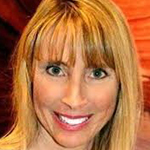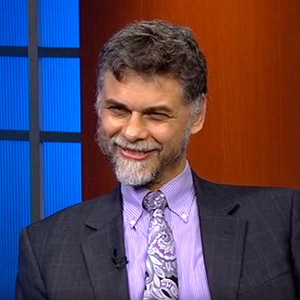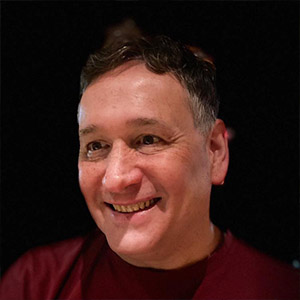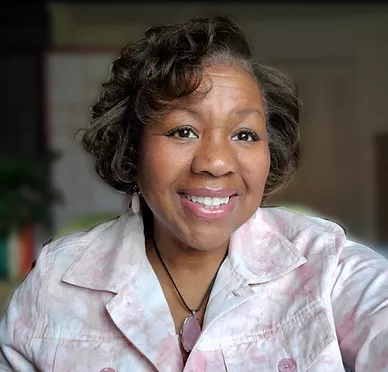———————————————————————————-
We, The World Global Action Newsletter
December 12, 2021
———————————————————————————-
Dear Friend,
Every one of us right now possesses the power to affect real, measurable, positive change around the world — one body, one mind at a time. Sometimes that change begins within; sometimes that change comes when you help open doors for others. Whatever step in your journey you are on We, The World is with you — empowering you with the keys you need to unlock those doors to create a world that works for all.
December is another month rich with opportunities where you and We, The World can work together to create the change we seek and make the world a better place. Here’s how:
The Welcome To WE Show
Tuesday December 14 at 6 pm USA Eastern Time
https://we.net/welcometoweshow
Host: Rick Ulfik
Founder of We, The World and 11 Days of Global Unity
Special Guests:
On this show we answer the question: What can WE do together that we can’t do on our own? Our guests are visionary leaders and activists committed to creating a world that works for all. On the show, and in our work, we seek to Inspire, Inform and Involve – 3 “I”s that make a “WE“!
Watch Live or Replay: https://we.net/welcometoweshow

Trends
In Global Grassroots Organizing
Magazine
At this moment of political discord and social turmoil in the USA and many other countries, when millions of people are frightened about their future and wondering where our society is headed, we think it is crucial to know: Who is doing What for People and the Planet, and How YOU can get involved! To download the latest issue, see past issues and submit your own Trend Report go to Trends.We.net
Women & Allies Unite!
Monthly Networking Meeting
Thursday December 16 at 6 pm USA Eastern Time
Register for Zoom link here:
https://us02web.zoom.us/webinar/register/WN_vdijTqaXTD66HjIUrdgEag
Host: Karen Palmer

Coordinator of We, The World ‘s Campaign For Women
Join us live on December 16 @ 6 pm ET via Zoom as we gather women and allies to share their stories about the incredible work they are doing and how we can collaborate to create an even-more powerful action plan to build a world that works toward and celebrates the wellbeing of all.
Do you have a Success Story you want to share? Email karensyv@yahoo.com to secure a five-minute Sharing Window to promote the work you are doing and hear from other women and allies how we can work together to accomplish twice as much as we can on our own.
Please Register in advance at:
https://us02web.zoom.us/webinar/register/WN_vdijTqaXTD66HjIUrdgEag
After registering, you will receive a confirmation email containing the Zoom link and how to join the webinar.
Thank You!
Jeremy Kehoe, Angel Fullerton, Rick Ulfik and The WE Team at WE.net









